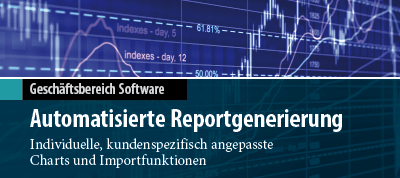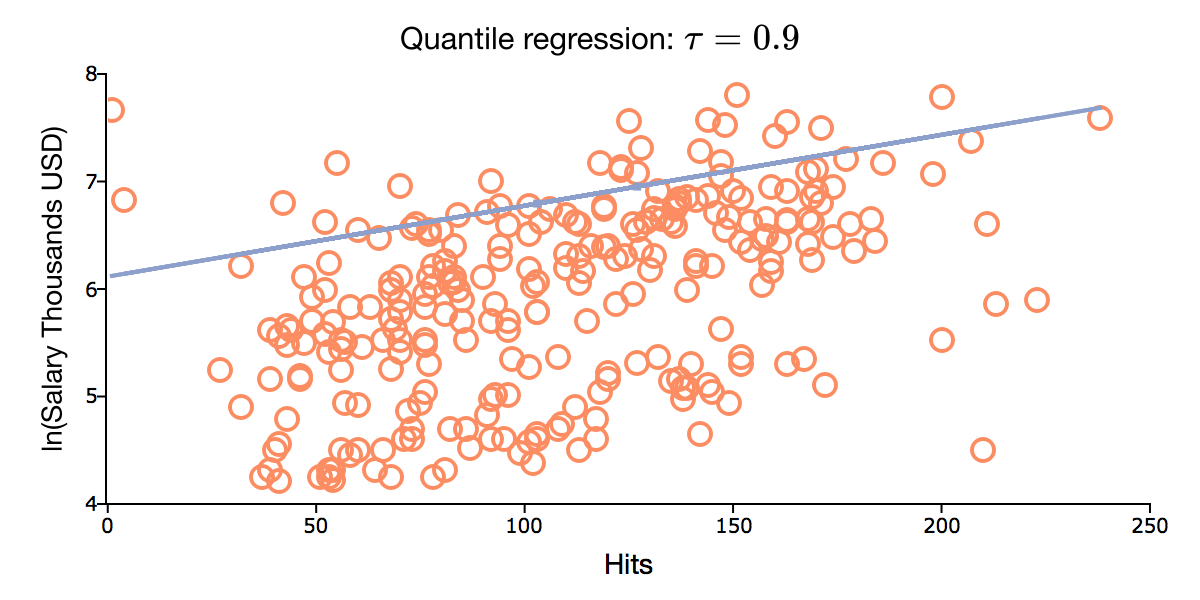New in GAUSS 23
The new version GAUSS 23 focuses on saving time when finding, importing and modeling data.
Data at your Fingertips
- Access millions of global economic and financial data series with FRED and DBnomics integration.
- Aggregate, filter, sort, and transform FRED data series during import.
- Search FRED series from GAUSS.
Load Data from Anywhere on the Internet
Simplified Data Loading
Automatic Type Detection
Previous versions required formula strings with keywords to specify date, string, and categorical variables from some file types. Smart data type detection in GAUSS 23 figures out the variable type so you do not have to specify it manually. Automatically detects nearly 40 popular date formats.
Automatic Header and Delimiter Detection
Automatically handles
- Present or absent header row.
- Delimiter (tab, comma, semi-colon or space).
- Number of rows and columns.
- Variable types.
Old Code
load X[127,4] = mydata.txt;
New Code
X = loadd("mydata.txt");
First-Class Dataframe Storage
No new code to learn, just use the .gdat file extension with loadd and saved to load and store your dataframes.
Expanded Quantile Regressions
- New kernel estimated variance-covariance matrix.
- Up to 4x speed improvement.
- Expanded model diagnostics including pseudo R-squared, coefficient t-statistics and p-values, and degrees of freedom.
Kernel Density Estimations
- Estimate unknown probability functions with 13 available kernels.
- Automatic or user-specified bandwidth.
- Kernel density plots with easy-to-use options for customization.
Improved Covariance Computations
- New procedure for computing Newey-West HAC robust standard errors.
- All robust covariance procedures now include the option to turn off small sample corrections.
- Expanded dataframe and formula string compatibility.
New Functions for Data Cleaning and Exploration
- Explore sample symmetry and tails with
skewnessandkurtosisfunctions. - Test for normality using the new
JarqueBerafunction.
between
Returns a binary vector indicating which observations fall in a specified range. It can be used with selif to select rows. Dates and ordinal categorical columns are supported.
where
Provides a convenient and intuitive way to combine or modify data. It returns elements from either a or b depending upon condition.
Speed-ups and Efficiency Improvements
- Up to 10x speed-up and 50% decrease in memory usage for lag creation with
shiftcandlagn. - Up to 2x speed-up (or more for large data) and 50% decrease in memory usage for
miss,missrv. - Up to 2x speed-up (or more for large data) and 50% decrease in memory usage for element-by-element mathematical (
+,-,.*,./), relational (.>,.<,.>=,.<=,.==,.!=) and logical (.and,.not,.or,.xor) operators. - Up to 100x speed-up for some cases with
indsav. - Up to 40% speed-up for
reclassify. - Up to 3x speed-up for loading Excel® files with loadd and the Data Import Window.



























